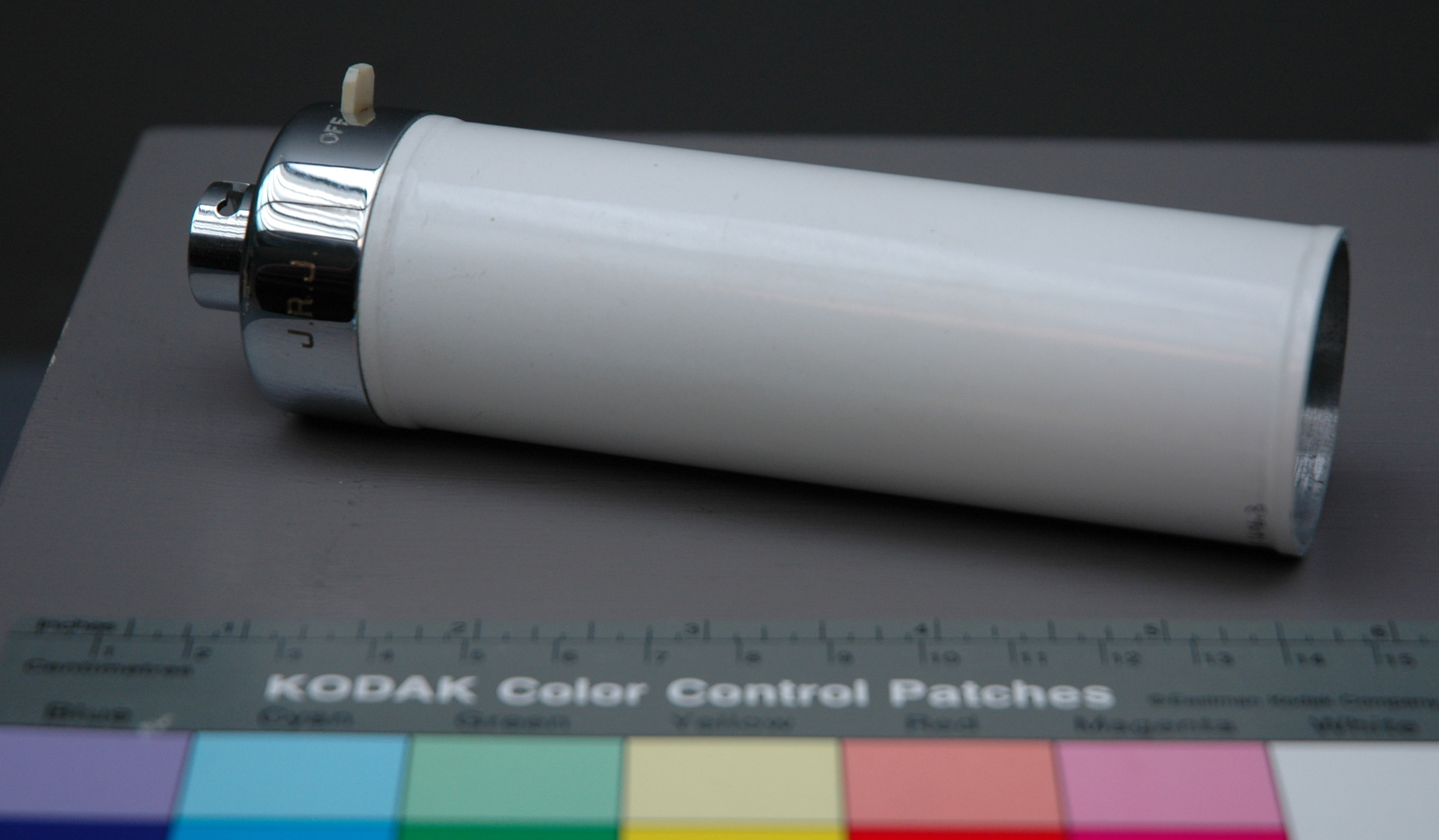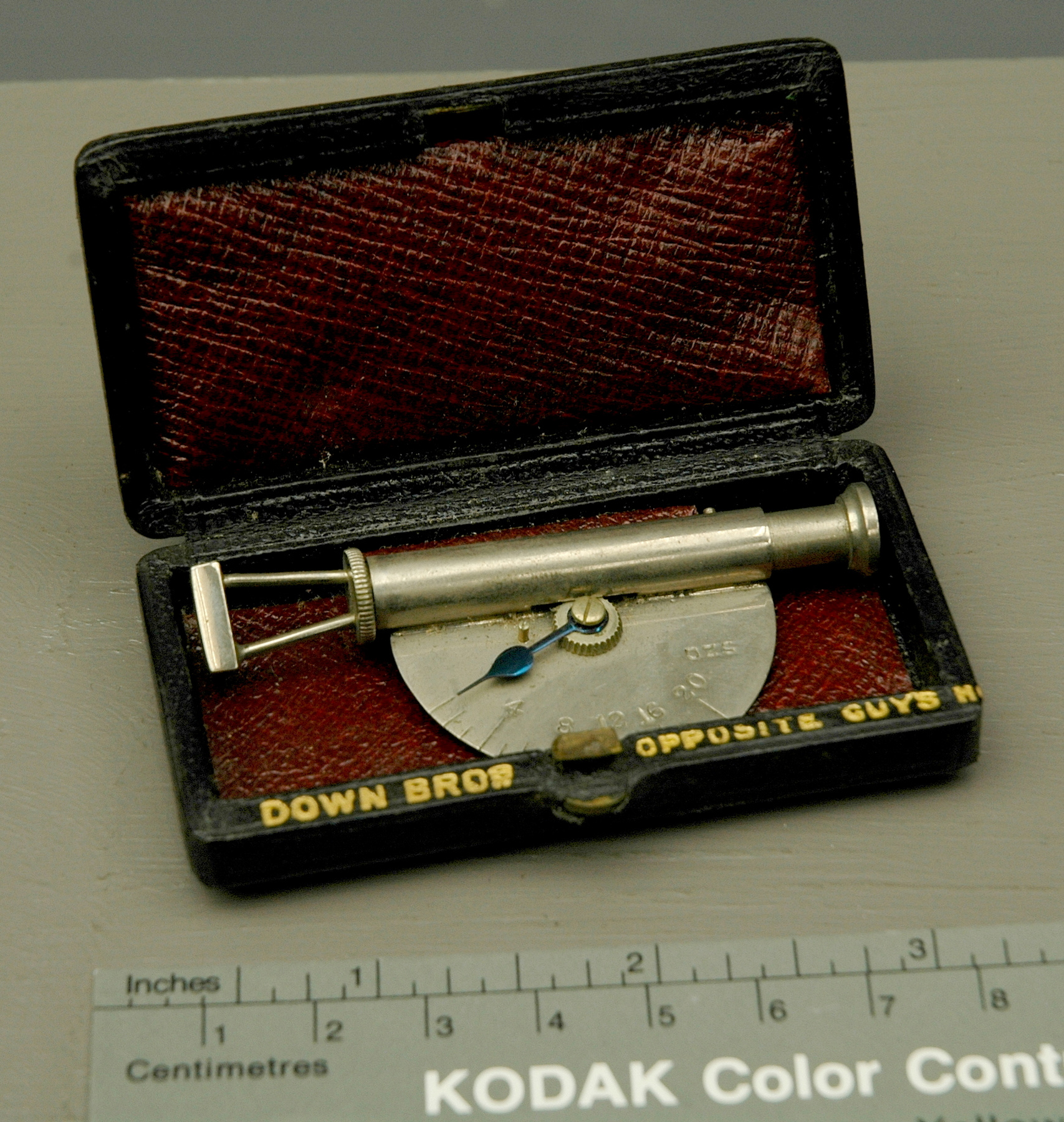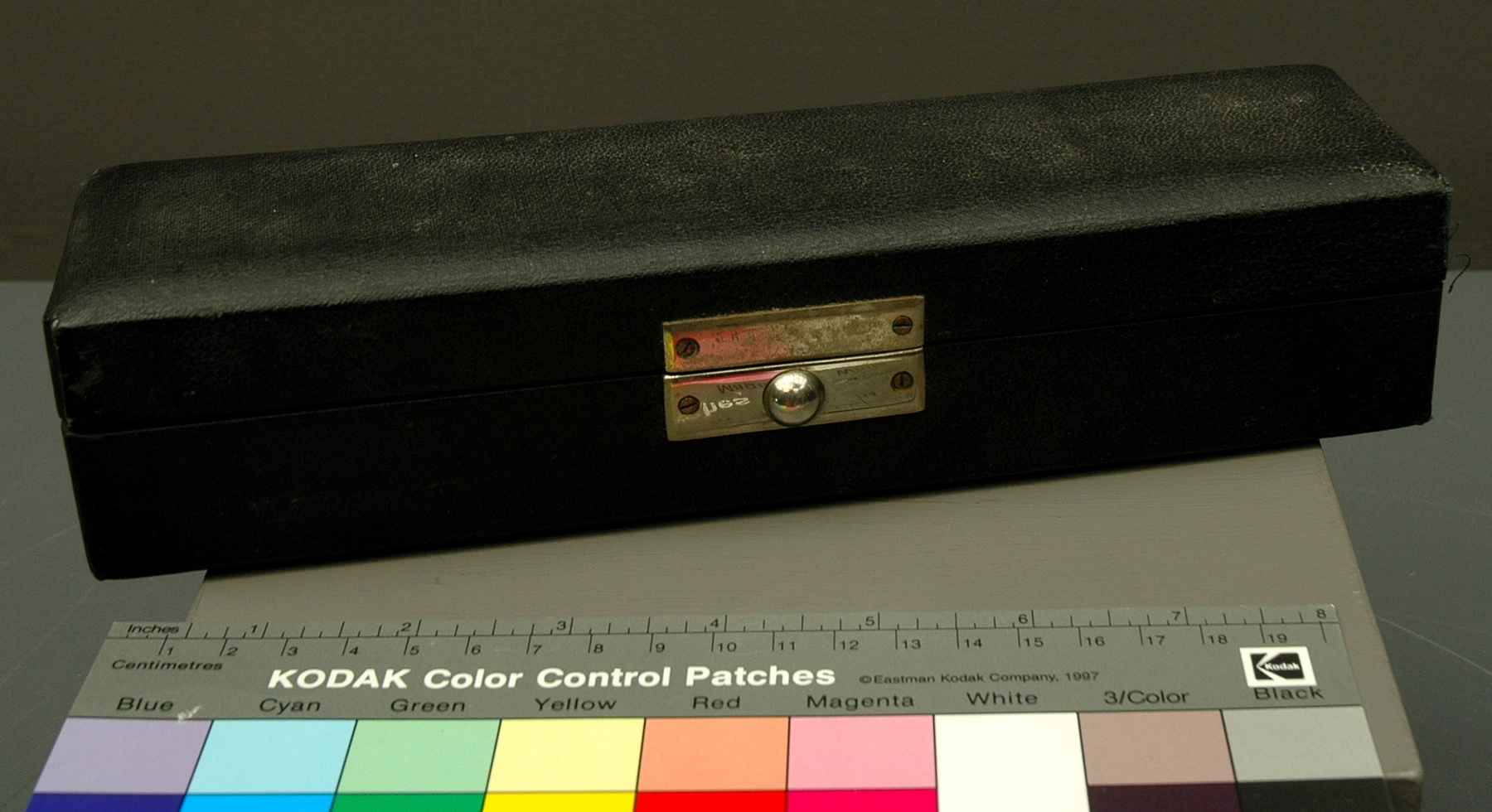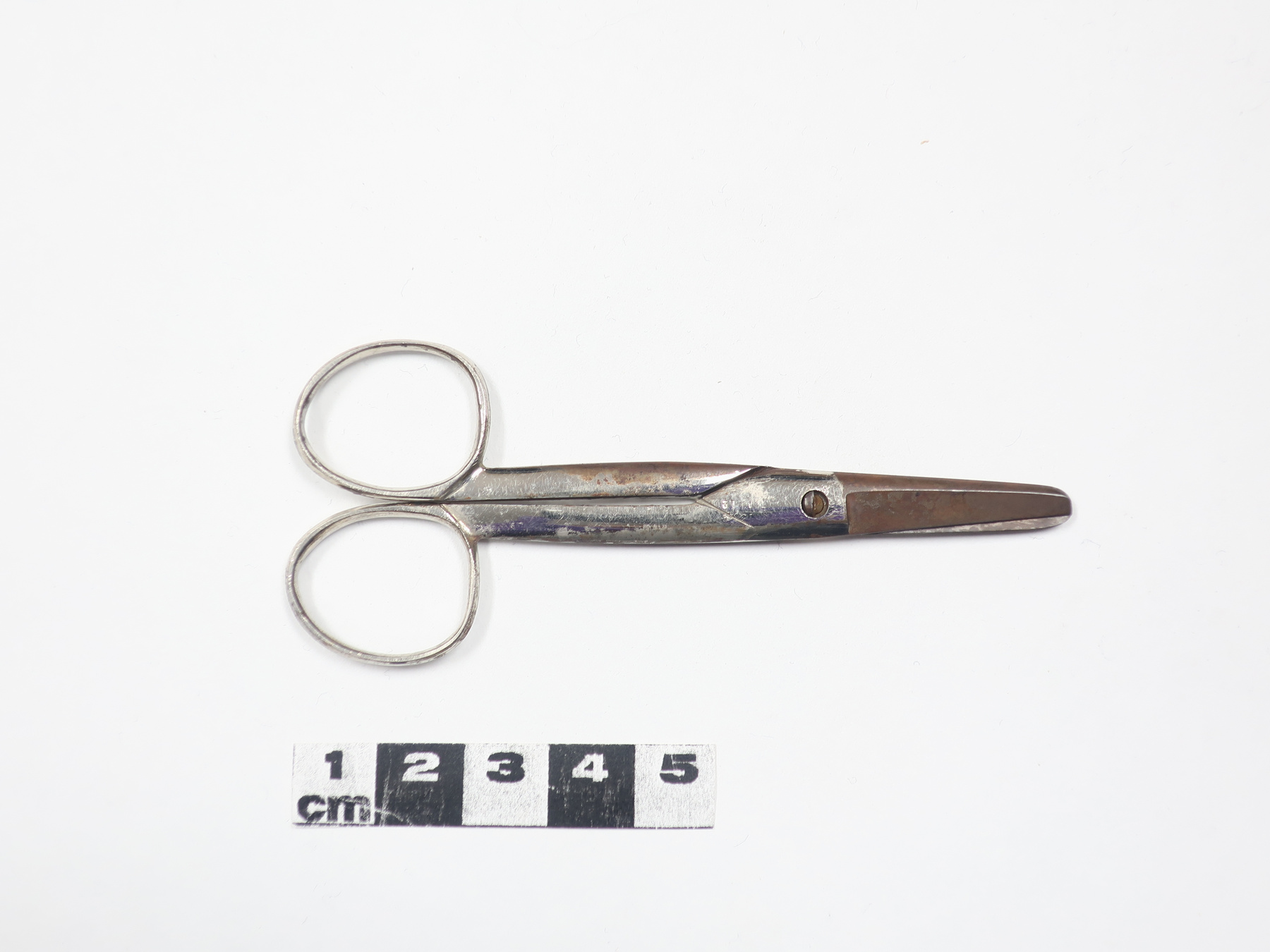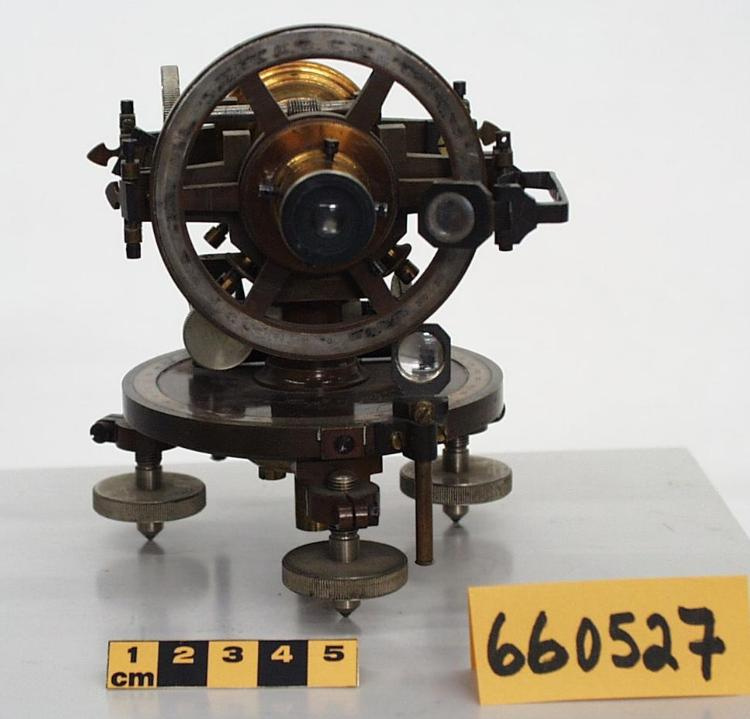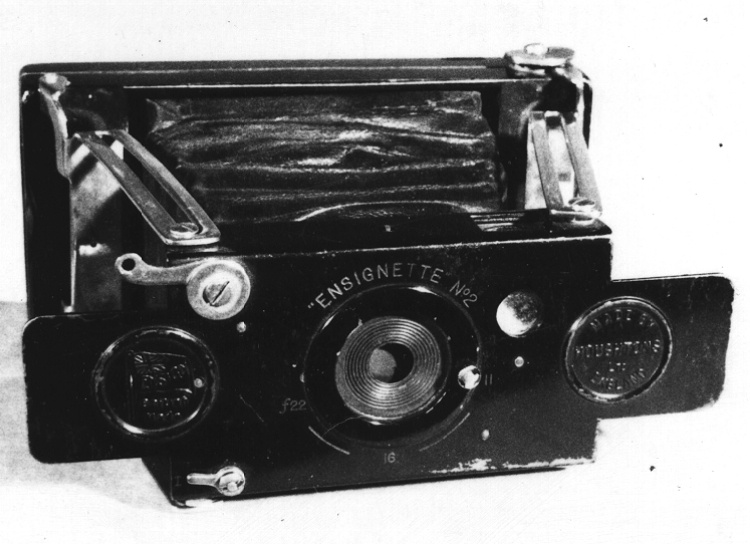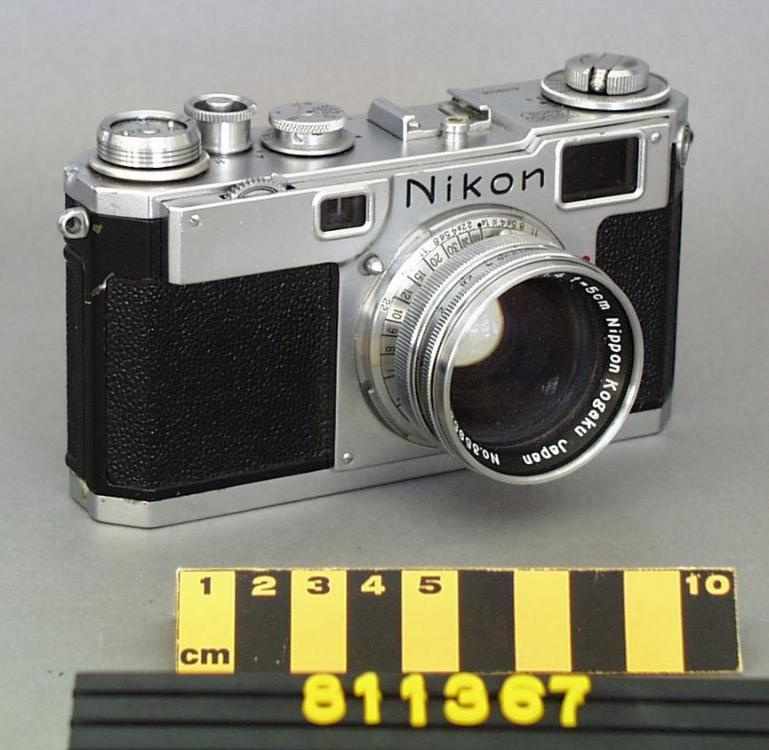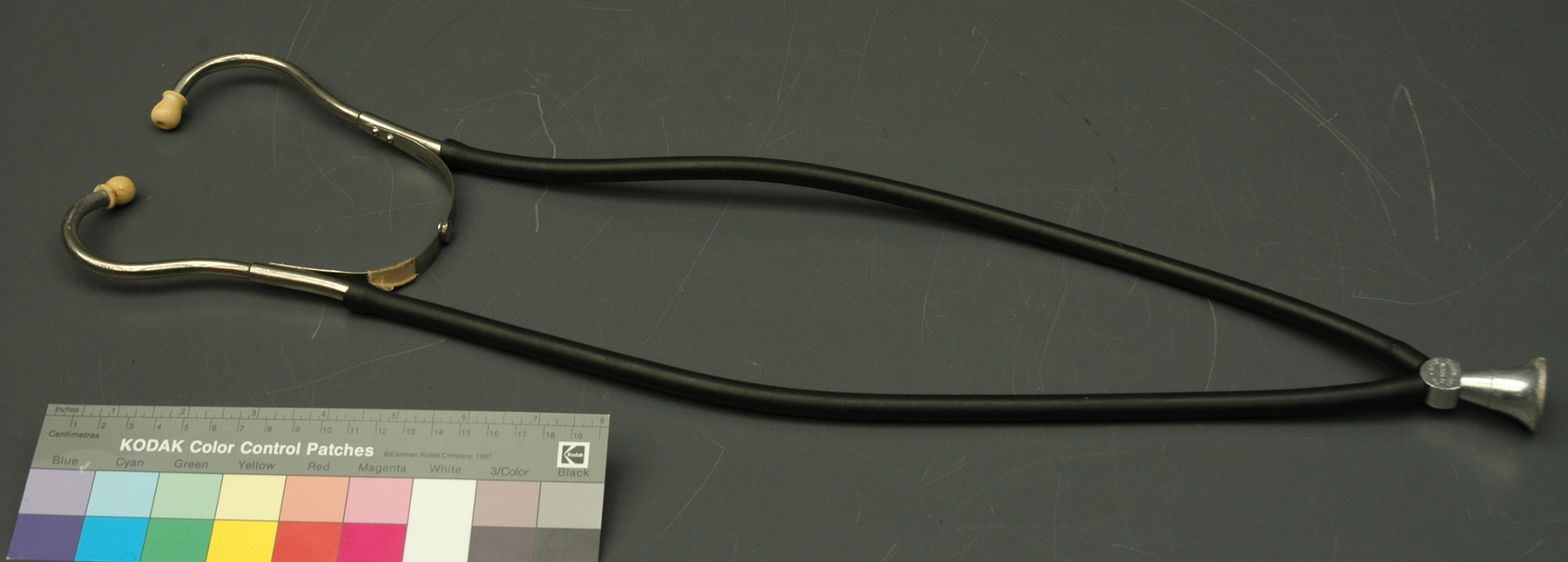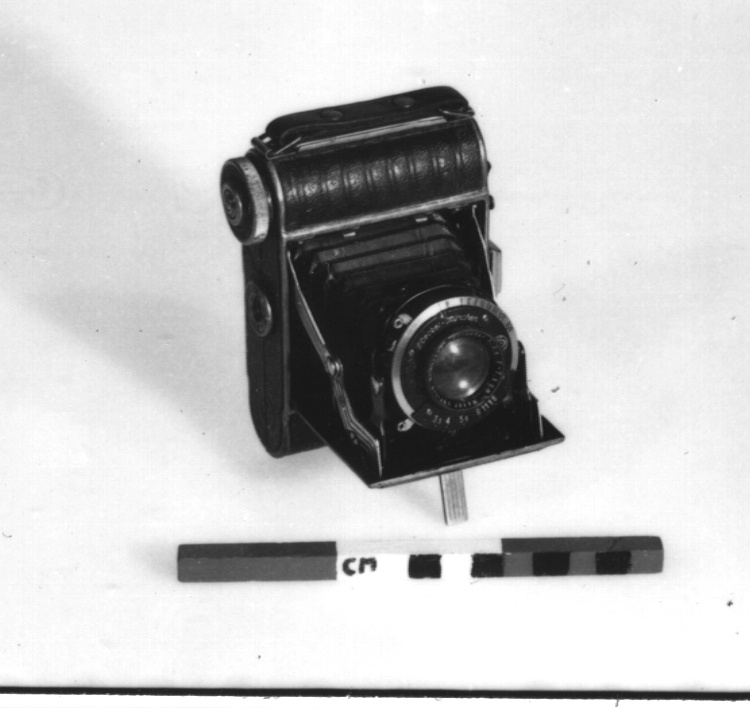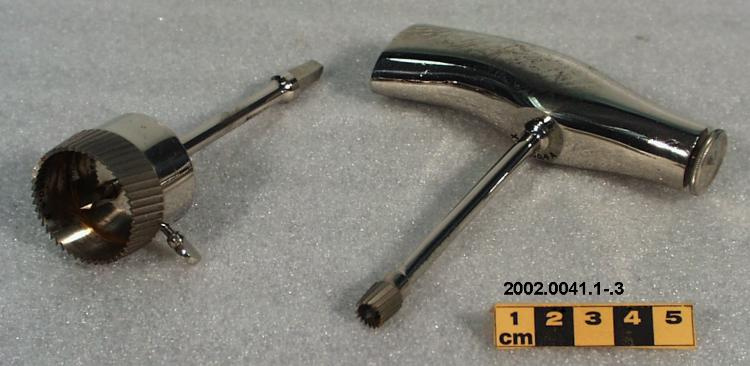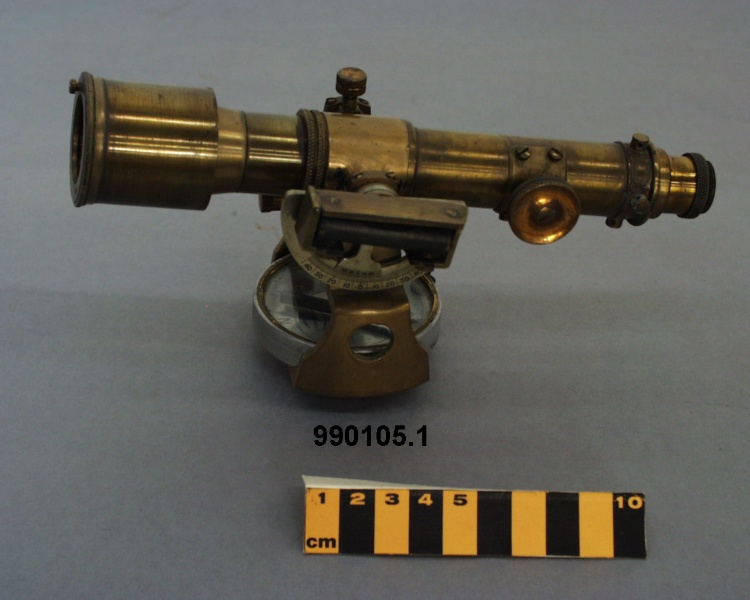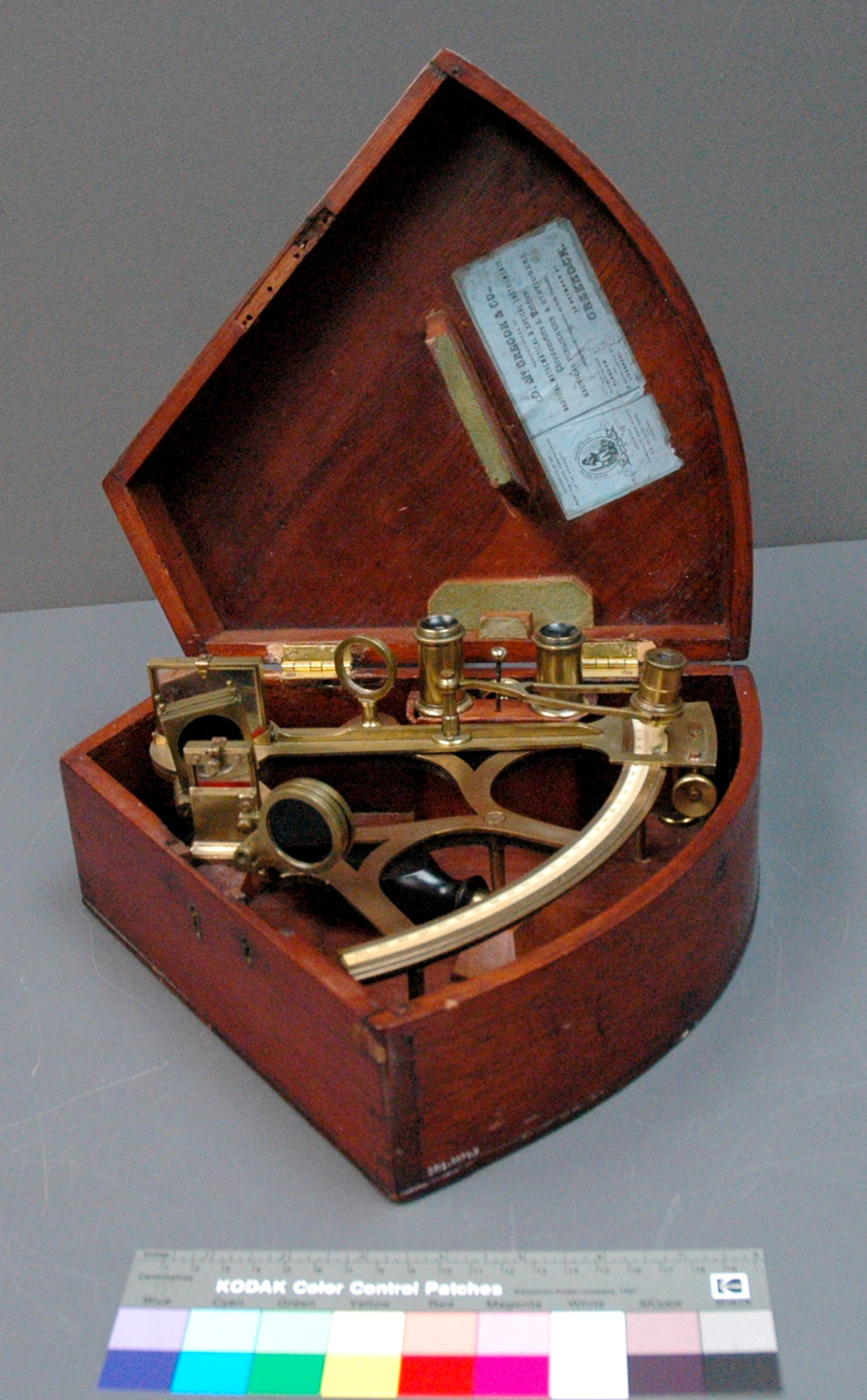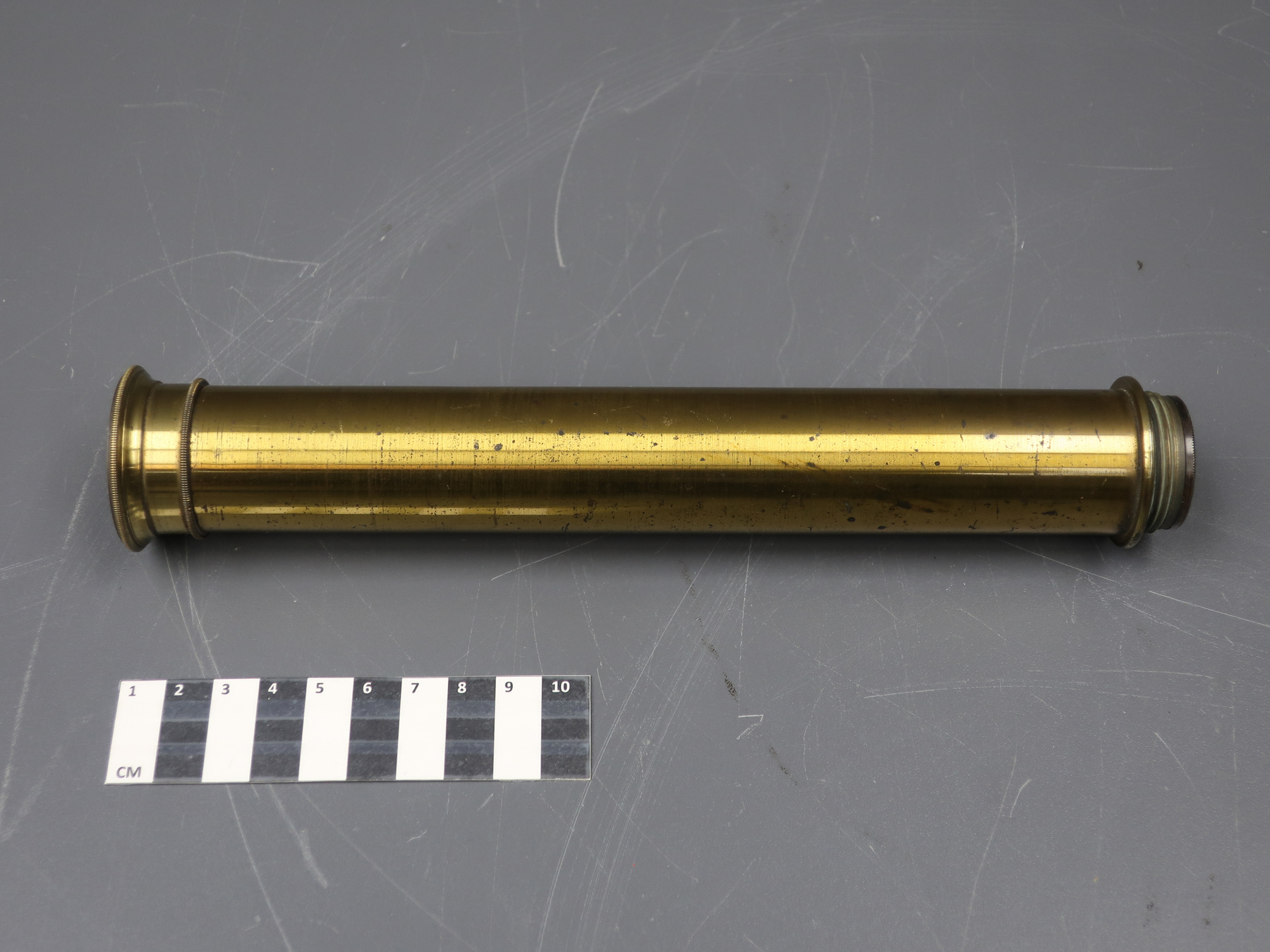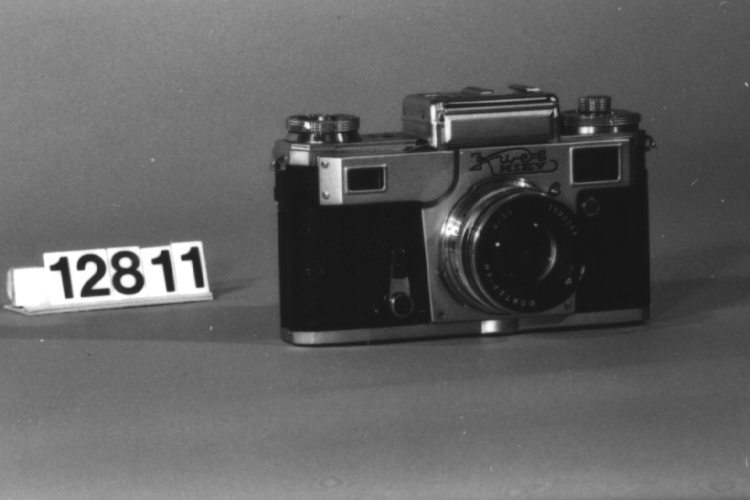Ophthalmoscope
Use this image
Can I reuse this image without permission? Yes
Object images on the Ingenium Collection’s portal have the following Creative Commons license:
Copyright Ingenium / CC BY-NC-ND (Attribution-NonCommercial 4.0 International (CC BY-NC 4.0)
ATTRIBUTE THIS IMAGE
Ingenium,
2008.1607.001
Permalink:
Ingenium is releasing this image under the Creative Commons licensing framework, and encourages downloading and reuse for non-commercial purposes. Please acknowledge Ingenium and cite the artifact number.
DOWNLOAD IMAGEPURCHASE THIS IMAGE
This image is free for non-commercial use.
For commercial use, please consult our Reproduction Fees and contact us to purchase the image.
- OBJECT TYPE
- Ophthalmology/Loring/miniature
- DATE
- 1920–1940
- ARTIFACT NUMBER
- 2008.1607.001
- MANUFACTURER
- Down Bros.
- MODEL
- Unknown
- LOCATION
- London, England
More Information
General Information
- Serial #
- N/A
- Part Number
- 1
- Total Parts
- 3
- AKA
- N/A
- Patents
- N/A
- General Description
- Instrument is all metal, with exception of clear glass lenses; folding handle has silver metal finish; metal disks housing silvered mirror and rotating lenses have darkened finish.
Dimensions
Note: These reflect the general size for storage and are not necessarily representative of the object's true dimensions.
- Length
- 9.4 cm
- Width
- 3.1 cm
- Height
- N/A
- Thickness
- N/A
- Weight
- N/A
- Diameter
- N/A
- Volume
- N/A
Lexicon
- Group
- Medical Technology
- Category
- Instruments
- Sub-Category
- N/A
Manufacturer
- AKA
- DOWN
- Country
- England
- State/Province
- Unknown
- City
- London
Context
- Country
- Unknown
- State/Province
- Unknown
- Period
- Unknown
- Canada
-
Part of a collection of medical instruments used by J.R Jackson and W.A.L. Jackson, father and grandfather of donor. [Ref. 1] - Function
-
Unknown - Technical
-
One of the early problems when using the direct ophthalmoscope with the light placed to the side was the need to tilt the mirror at an angle to the line of observation for the light to enter the patient's eye. This meant that the observer was viewing the fundus obliquely through the correcting lenses. For low lens powers this was not a problem but in the higher ranges it produced a reduction in vision and a shifting of the image due to the prismatic effect. In 1875 John Couper of the Royal London Ophthalmic Hospital overcame this problem by dissociating the round disc of lenses from the mirror. By this means the observer was able to look through the centre of the lenses perpendicularly. Couper's design, made by Pickard and Curry of London, went through several models and effectively made redundant the fixed-mirror design. Edward Loring of the USA improved on Couper's model in 1877 with his vertically tilting mirror. This consisted of a round mirror with the sides cut off, rotatable on its vertical axis. [Ref. 2] - Area Notes
-
Unknown
Details
- Markings
- Rotating lenses are labelled. "LONDON/ DOWN" stamped into back of mirror housing.
- Missing
- Appears complete.
- Finish
- Instrument is all metal, with exception of clear glass lenses; folding handle has silver metal finish; metal disks housing silvered mirror and rotating lenses have darkened finish.
- Decoration
- N/A
CITE THIS OBJECT
If you choose to share our information about this collection object, please cite:
Down Bros., Ophthalmoscope, circa 1920–1940, Artifact no. 2008.1607, Ingenium – Canada’s Museums of Science and Innovation, http://collection.ingeniumcanada.org/en/id/2008.1607.001/
FEEDBACK
Submit a question or comment about this artifact.
More Like This





